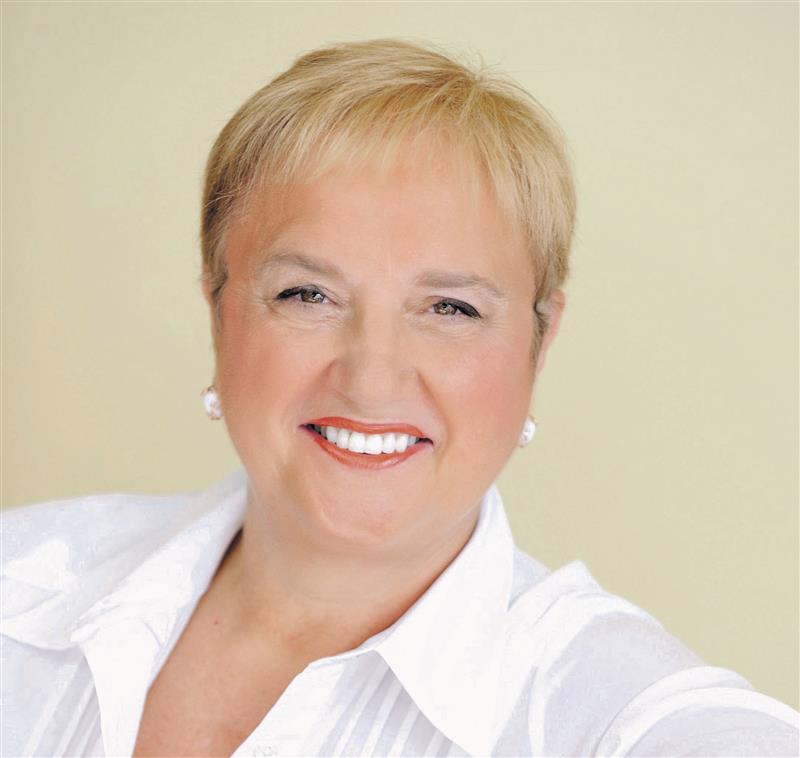How Startup Healthcare Practices Can Get Patients From Day One


Starting a healthcare practice is exciting but it’s also overwhelming. You’ve got to find the right location, hire staff, buy equipment, and deal with endless paperwork. With so many things competing for your attention (and budget), marketing often gets pushed aside.
Then opening day comes, and reality hits: you need patients, fast.
The truth is, it doesn’t matter how modern your office looks or how advanced your equipment is. If new patients can’t find you online, your waiting room will stay empty.
So how do you get patients in the door from day one? For most healthcare startups — whether you’re a dentist, physiotherapist, chiropractor, or family doctor — it comes down to two main strategies: Google Ads and Local SEO.
Let’s break them down.
Google Ads: Patients Now, But at a Price
If you need patients immediately, Google Ads is the quickest way to make your phone ring. You can launch a campaign today and start showing up tomorrow when someone searches “dentist near me”, “physiotherapist in Dallas”, or “emergency care near me.”
Why new practices use Google Ads:
- Instant visibility. You appear at the very top of search results, above competitors.
- Highly targeted. You choose which keywords, treatments, and zip codes to focus on.
- Great for urgent services. Patients with tooth pain, back injuries, or urgent medical needs usually call the first provider they see.
The downsides:
- It’s expensive. In the past two years, the cost of healthcare-related clicks has tripled. What used to cost $7–8 per click can now cost $20 or more, depending on your city.
- You’re renting visibility. The second you stop paying, your ads disappear.
- It requires expertise. Google Ads campaigns aren’t “set it and forget it.” They need ongoing optimization. Without a professional or marketing agency managing them, it’s easy to waste money on irrelevant clicks.
Local SEO: Slower Start, Bigger Long-Term Payoff
Local SEO is the process of making sure your practice shows up in local searches without paying for ads.
For example, if someone in your city types “pediatric dentist near me” or “chiropractor in Chicago,” Google decides which practices to recommend in the Local Map Pack — those top three listings with a map at the top of the results.
Why it matters: research shows the top three local listings capture over 70% of clicks. If your practice isn’t there, you’re basically invisible.
Why startups should invest in Local SEO:
- Patients trust it more. People often scroll past ads to click organic results.
- It’s cost-effective. Once you rank, patients keep finding you without ongoing ad spend.
- It builds credibility. Reviews, photos, and a polished Google Business Profile make your practice look professional and trustworthy.
- It compounds over time. The longer you work on SEO, the harder it is for competitors to outrank you.
The downsides:
- It takes time. Expect 6–12 months before you see significant results, especially in competitive cities.
- It’s competitive. In larger urban areas, dozens of practices are fighting for the same keywords.
Local SEO is like building a house. It takes more time upfront, but once it’s built, it gives you a strong foundation for growth.
Why So Many New Practices Struggle
The most common mistake healthcare startups make is waiting too long to think about marketing. They pour their entire budget into the office setup — the latest equipment, stylish furniture, a polished logo — and leave little or nothing for digital visibility.
Then the doors open, and reality sets in: patients aren’t showing up. Panic kicks in, and the scramble begins. Most practices at this stage throw money at Google Ads, hoping for quick results. The problem is, without a strong digital foundation — a well-optimized website, local SEO, consistent reviews — those ads often end up costing far more than they should.
Patients Judge You Online First
Here’s the truth: most patients will never see your waiting room unless they’ve already seen your digital waiting room — your website, your Google profile, your reviews, and your social media presence. That’s where the real first impression happens.
It doesn’t matter how modern your chairs are or how new your dental chair looks if your website looks outdated, takes forever to load, or isn’t mobile-friendly. Patients searching for care are making split-second decisions online:
- Does this website look professional?
- Is the information clear and easy to find?
- Can I book an appointment right now?
- Do other patients recommend this clinic?
If the answer is no, they’ll click back and choose someone else.
Why This Matters for Startups
Established practices may have word-of-mouth, long-standing patients, and community recognition. Startups don’t. You’re starting from zero. That means your digital presence is your credibility. Patients don’t care that you’ve invested $300,000 in a brand-new clinic if they can’t find you online or if your website looks like it was built ten years ago.
In 2025, digital presence isn’t optional — it’s the foundation of growth. If you ignore it at the start, you’ll spend far more later trying to catch up.
The Smartest Approach: Combine Both
If you’re launching a new healthcare practice, the smartest marketing strategy usually isn’t choosing between Google Ads or Local SEO. It’s using both — but in different ways and at different stages.
Step 1: Start With Google Ads for Quick Wins
When you first open, you don’t have reviews, rankings, or name recognition. Google Ads solves that problem by putting you in front of patients immediately. You can start getting calls and bookings in your first week, which brings in much-needed cash flow to cover startup expenses.
Step 2: Turn Those Patients Into SEO Fuel
Here’s where the strategies connect. Every new patient you get from Ads is also an opportunity to:
- Collect Google reviews, which boost your Local SEO.
- Build word-of-mouth referrals from satisfied patients.
- Add photos, testimonials, and case studies to your website and social media.
So while Ads bring the first patients, those patients help build the credibility signals that make Local SEO work.
Step 3: Invest Part of Your Budget Into SEO
Don’t wait until you’re “ready” to think about SEO. Start from day one:
- Optimize your Google Business Profile.
- Create dedicated service pages on your website (e.g., “Physiotherapy in Dallas” or “Dental Implants in Chicago”).
- Build local backlinks by joining community organizations or sponsoring events.
- Consistently publish helpful content and social updates.
By reinvesting a portion of your marketing budget into SEO, you’re laying the foundation for sustainable growth.
Step 4: Transition From Renting to Owning
After 9–12 months, if you’ve invested steadily in Local SEO, you’ll notice the shift. You’ll start relying less on Google Ads because:
- Your website and profile rank higher organically.
- You’ve built dozens of strong patient reviews.
- You’ve created social proof and visibility in your community.
At this stage, many practices reduce their ad spend because their SEO presence and referrals are generating a steady flow of new patients.
Think of It This Way:
- Google Ads = renting space on Google. You pay for visibility, but it disappears the second you stop.
- Local SEO = owning space on Google. It takes longer to build, but once you’re there, you stay visible without paying per click.
The most successful healthcare startups “rent while they build.” Use Ads to fill the pipeline immediately, then let SEO, reviews, and referrals take over for long-term, lower-cost growth.
The post How Startup Healthcare Practices Can Get Patients From Day One appeared first on Entrepreneurship Life.




















:quality(85):upscale()/2023/09/18/918/n/1922398/a1136b676508baddc752f5.20098216_.jpg)
:quality(85):upscale()/2025/10/09/670/n/1922283/00b944c868e7cf4f7b79b3.95741067_.jpg)
:quality(85):upscale()/2025/10/15/765/n/1922398/29c37a6e68efd84bb02f35.49541188_.jpg)
:quality(85):upscale()/2025/09/09/891/n/1922283/7222624268c08ccba1c9a3.01436482_.png)





















